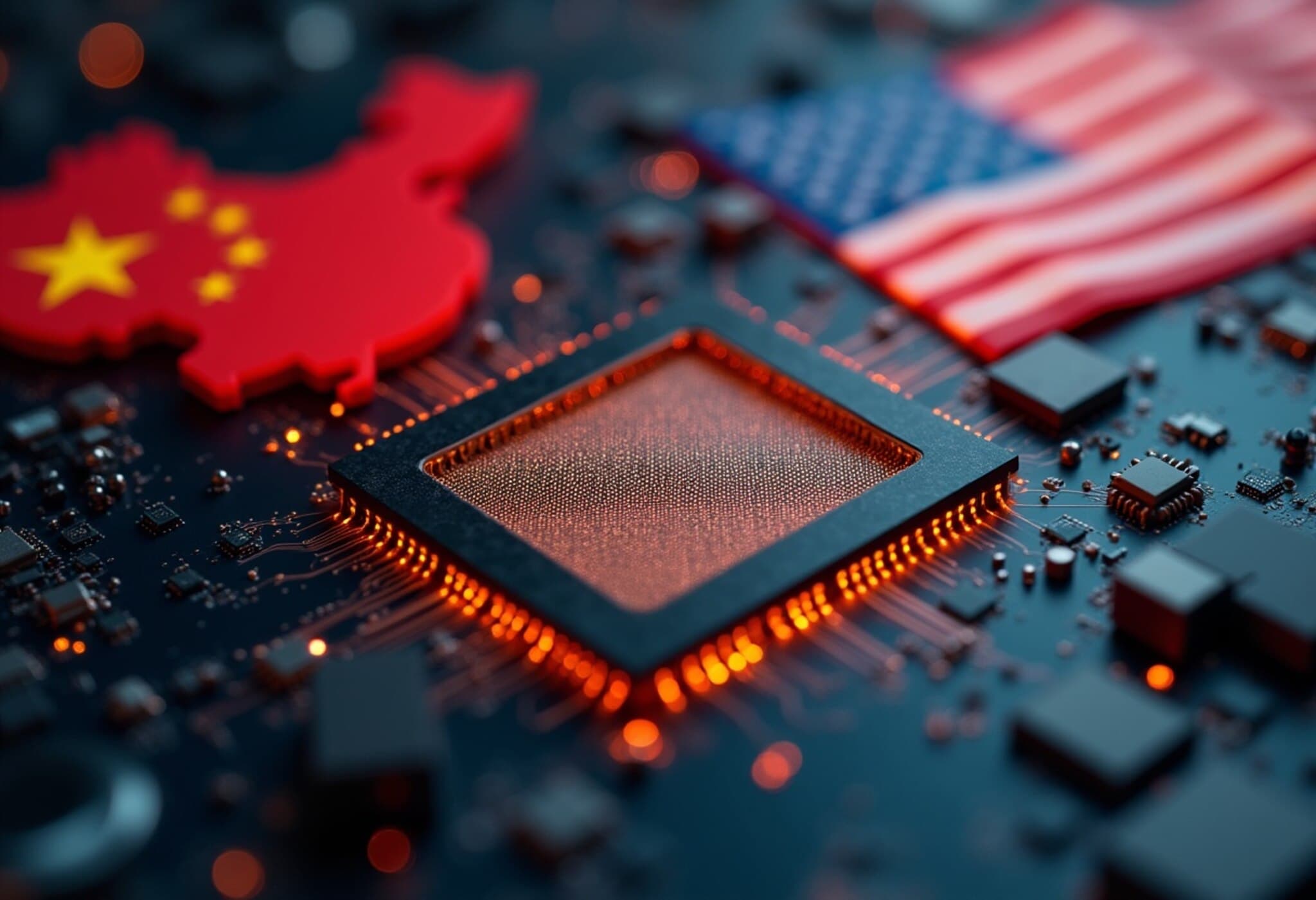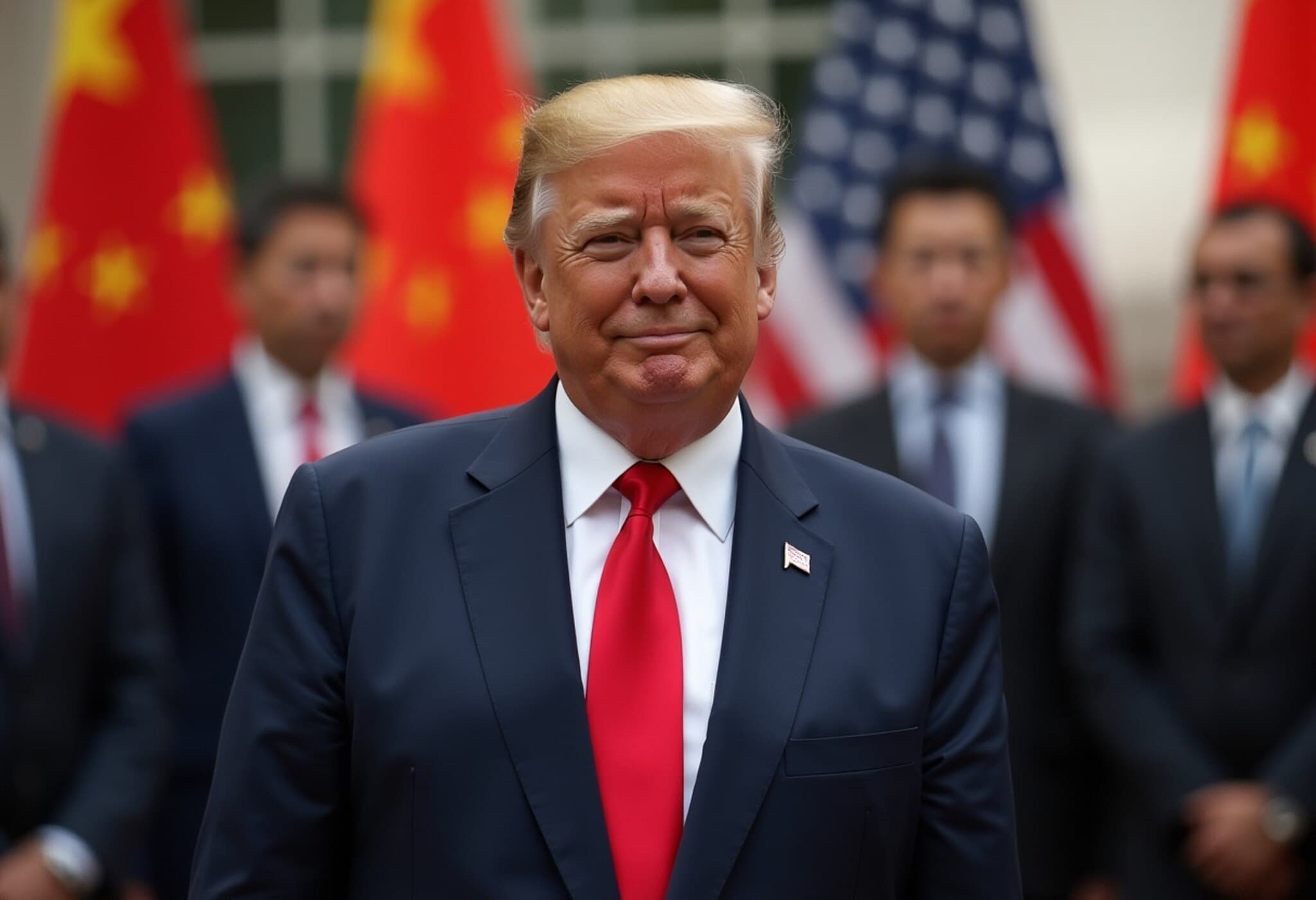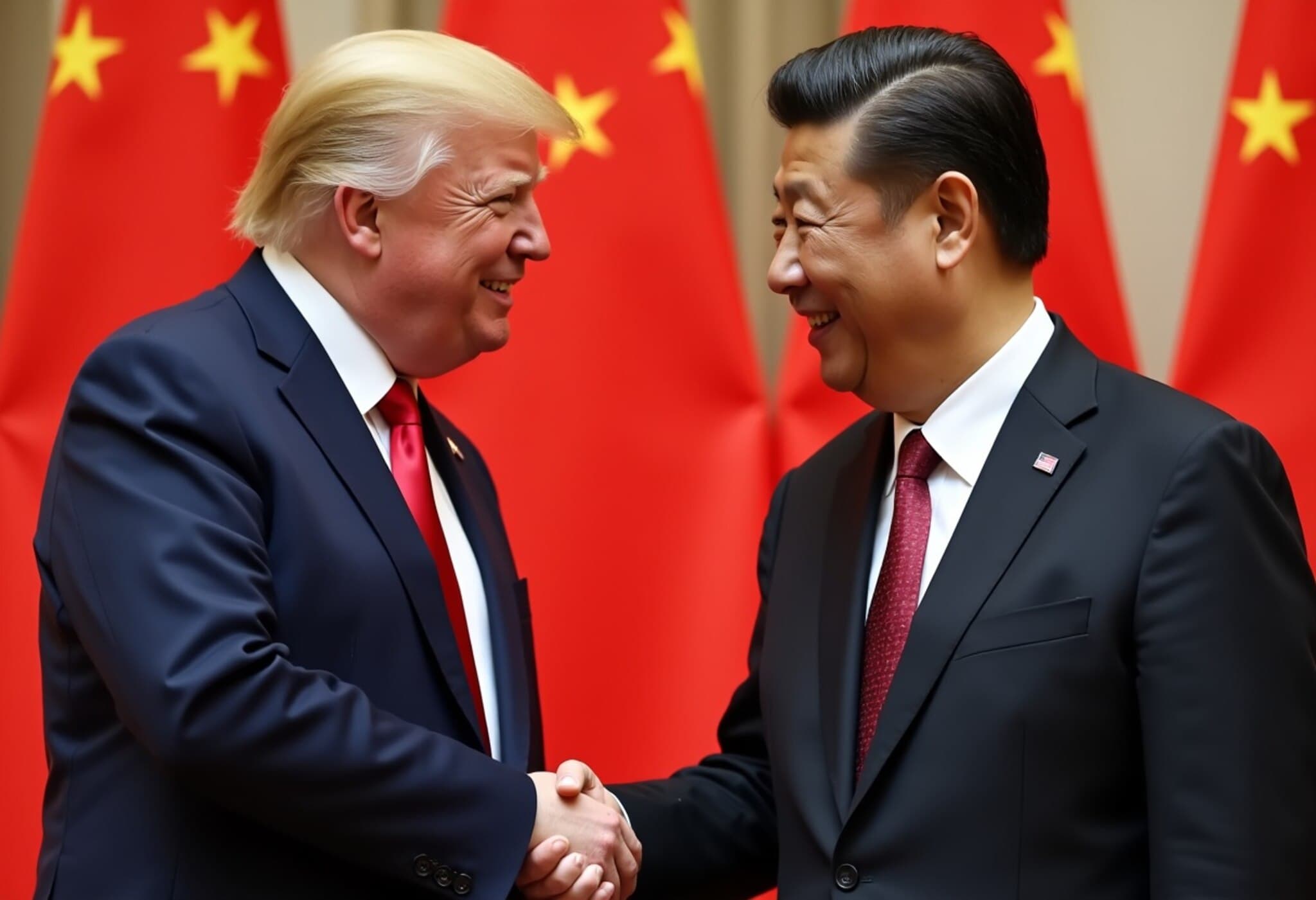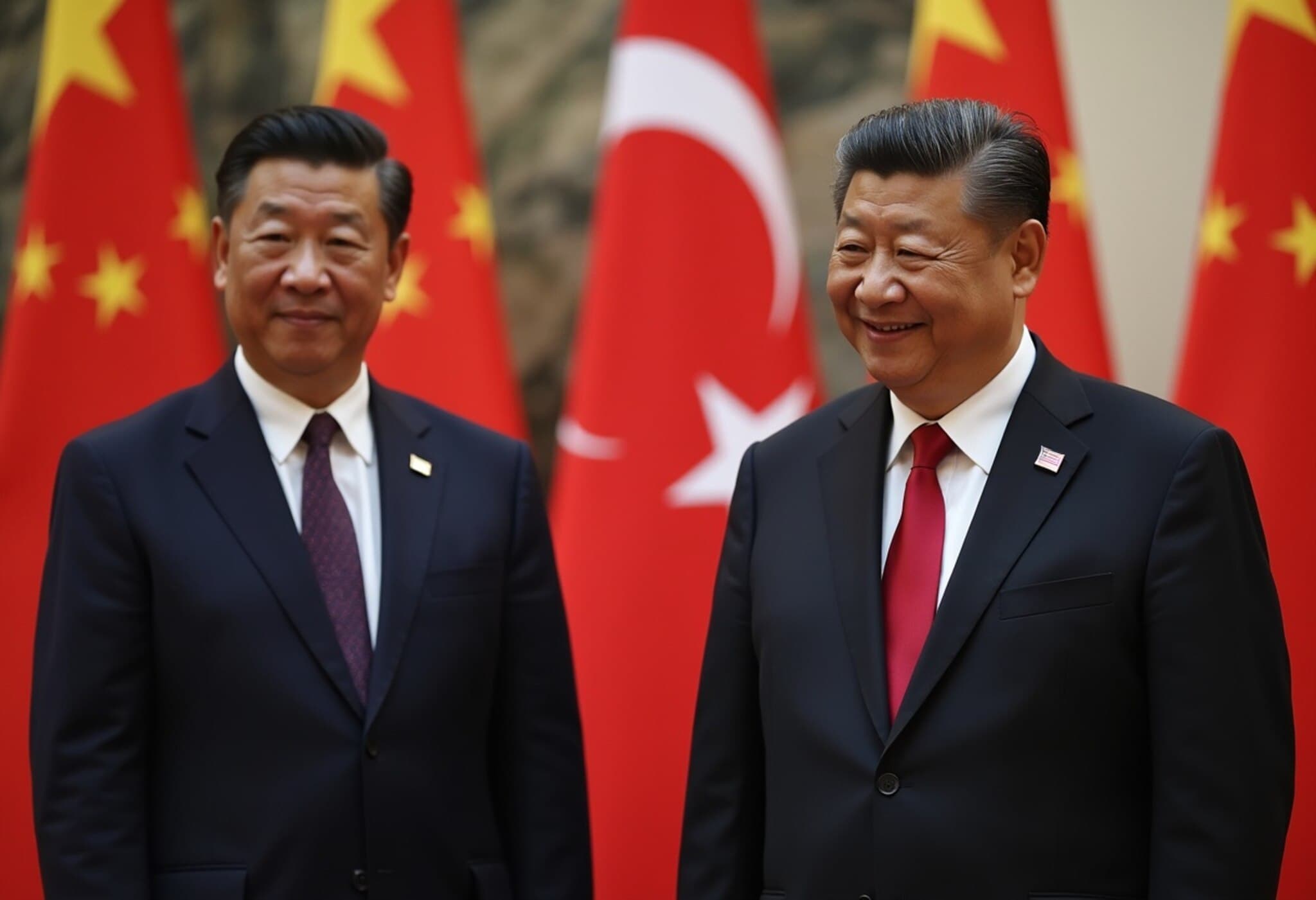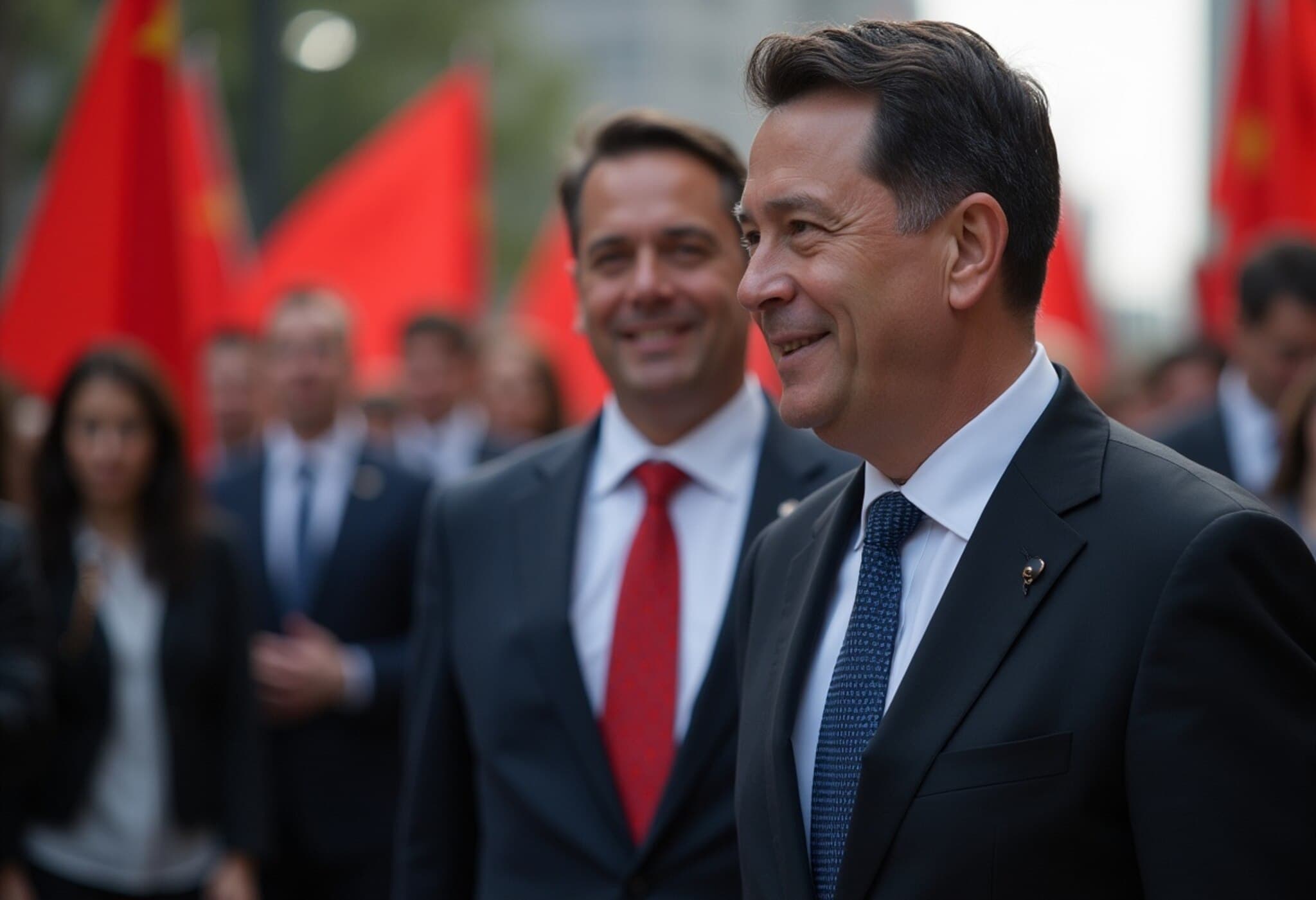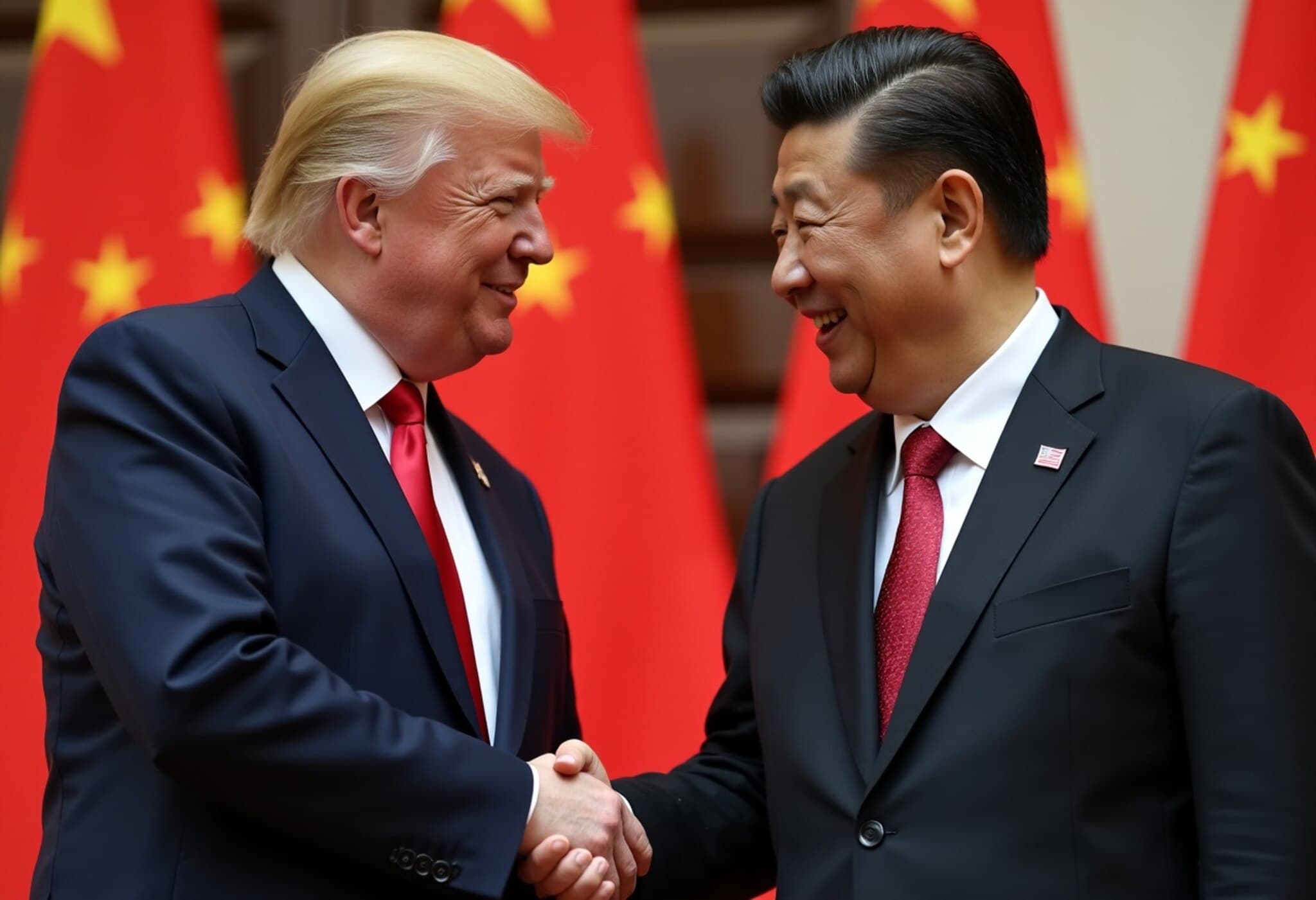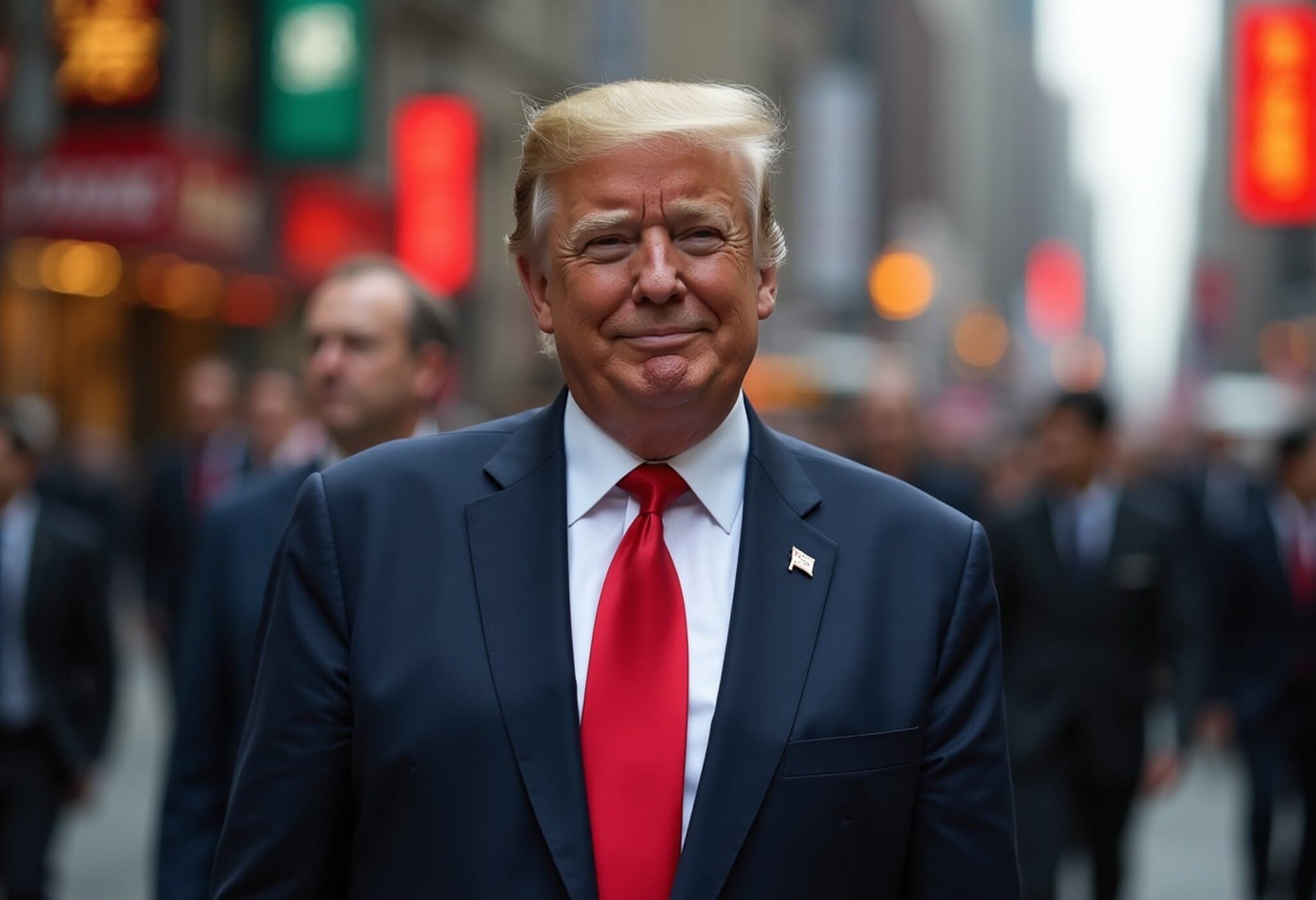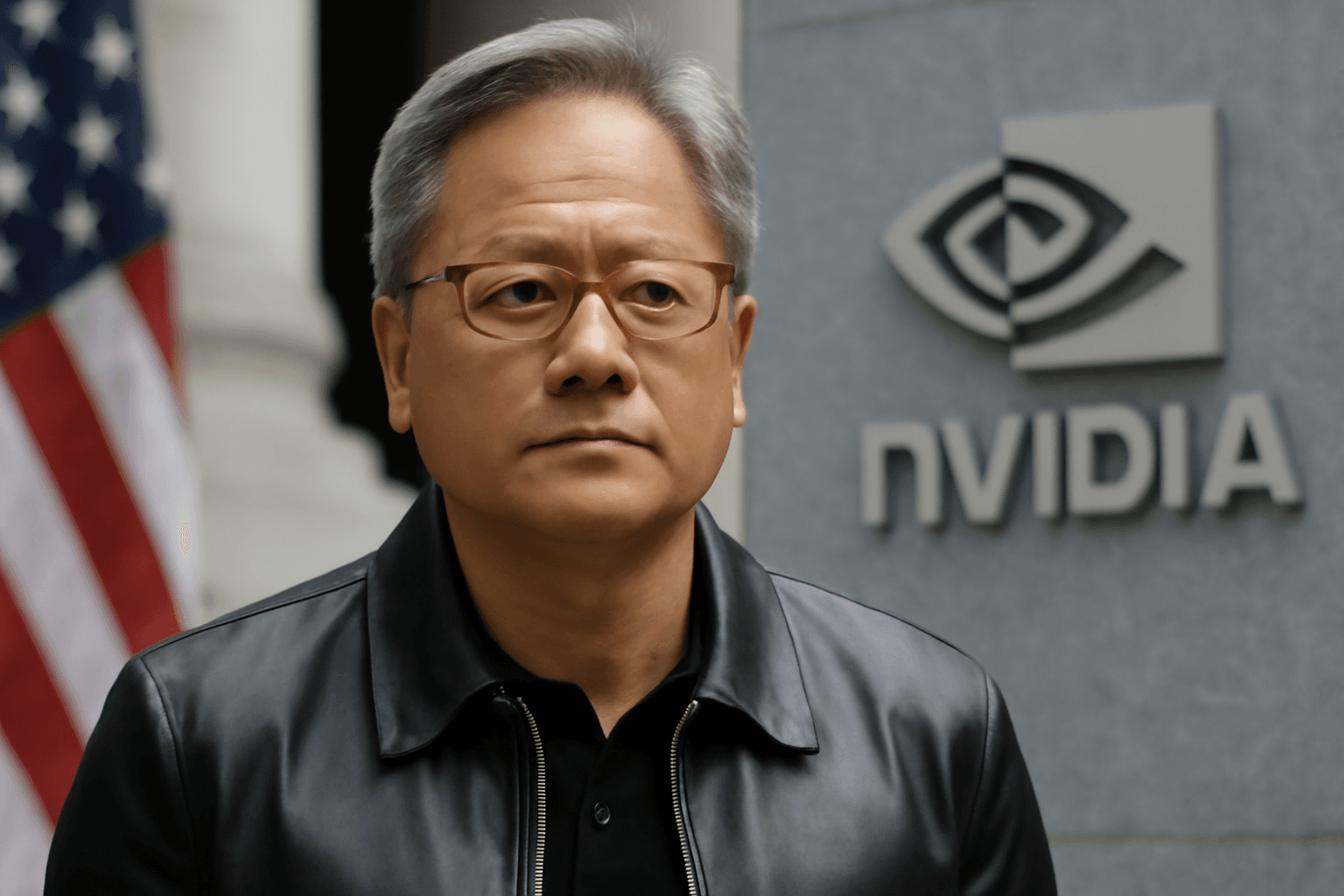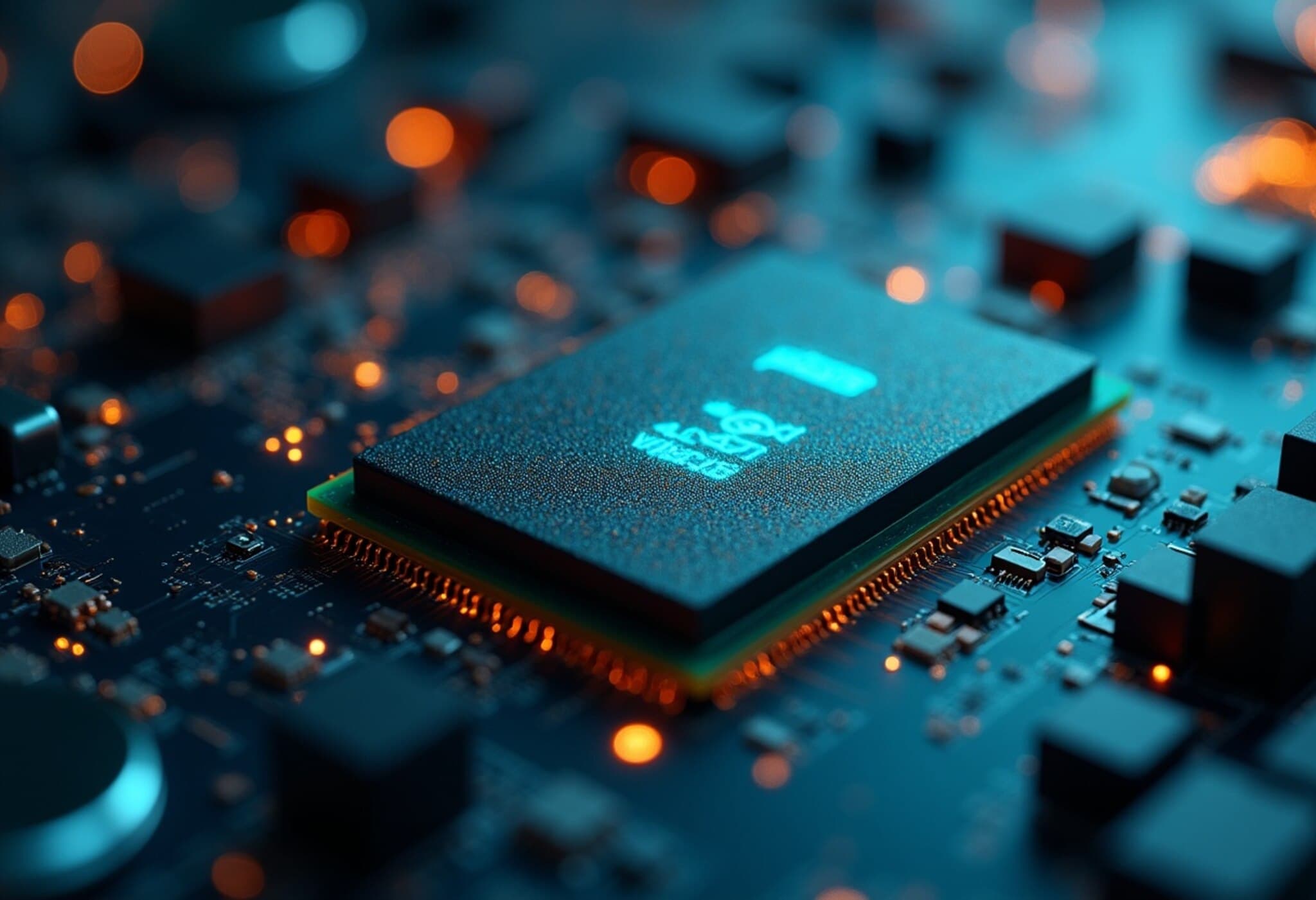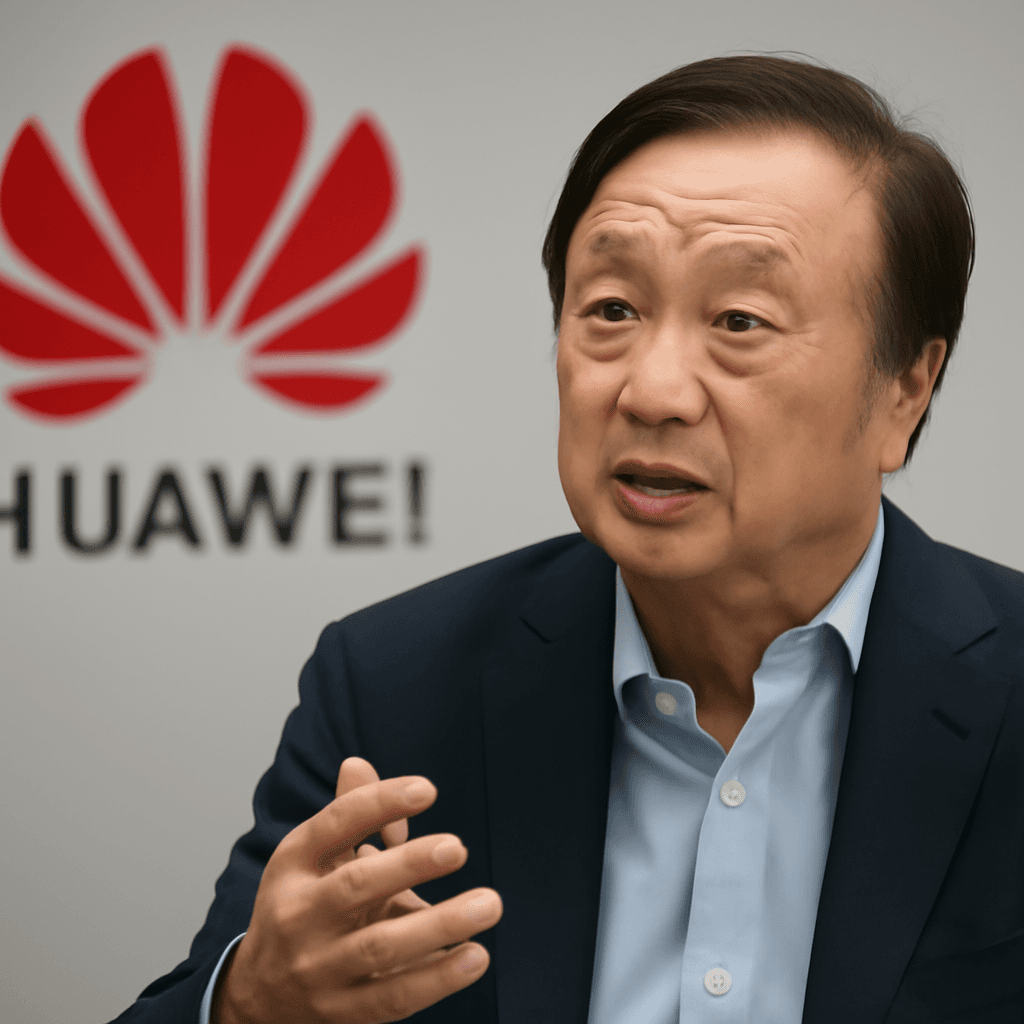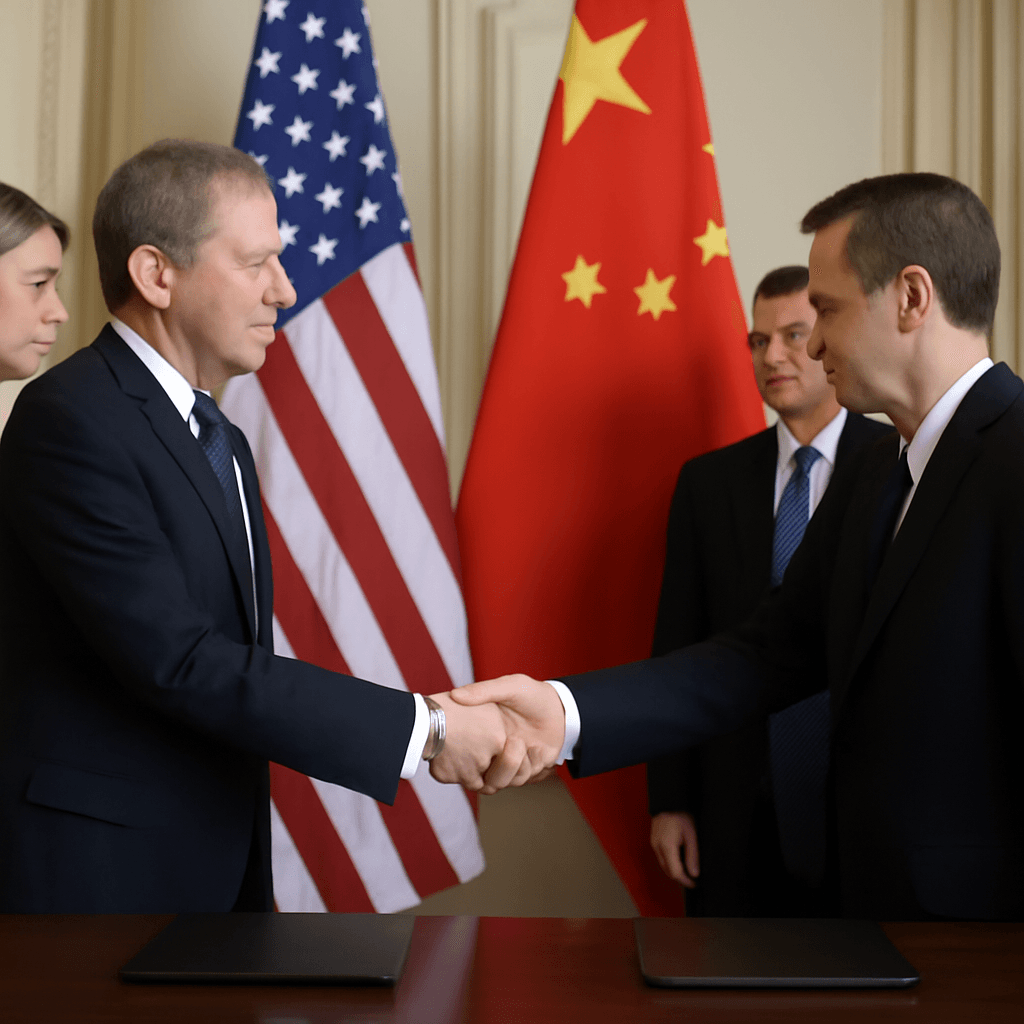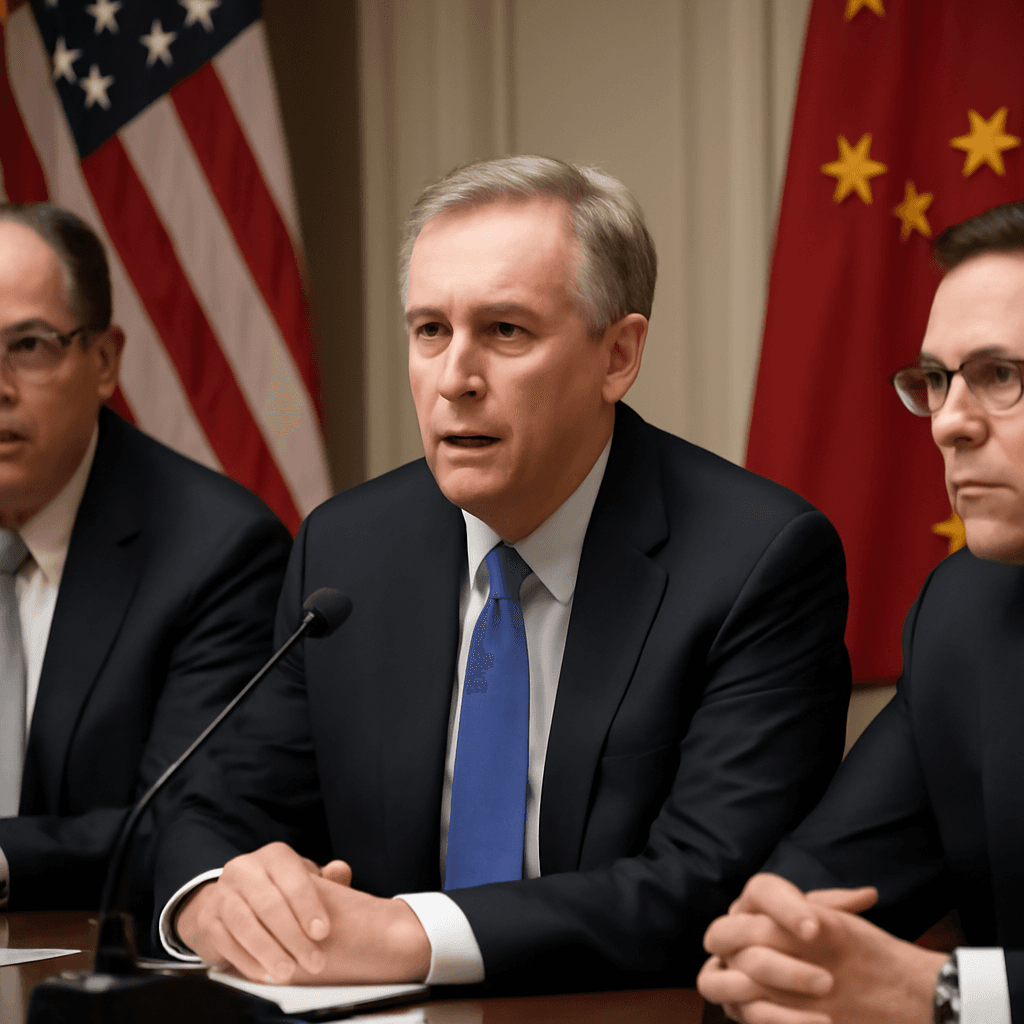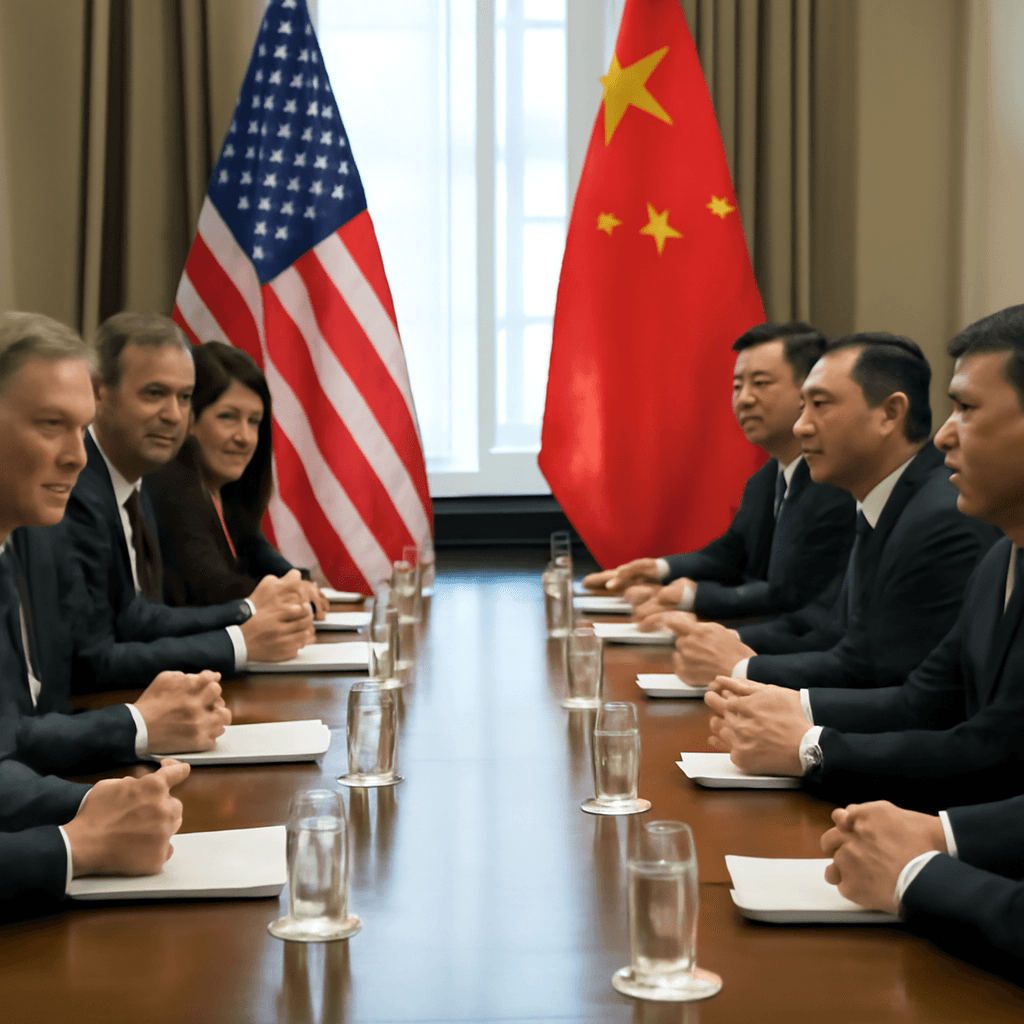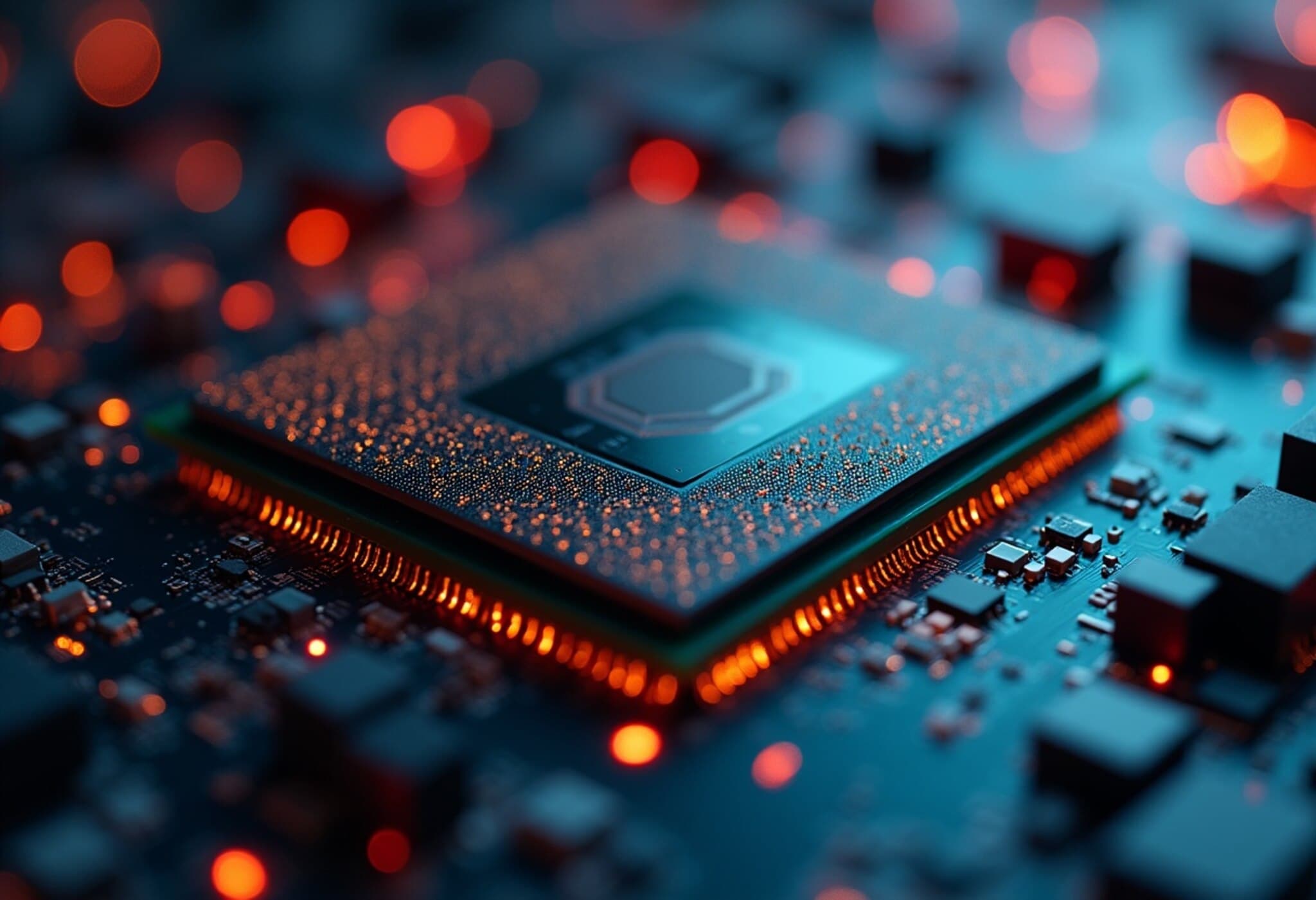China's Strategic Push in US Trade Negotiations: Tech and Rare Earths at the Forefront
As the August 12 deadline approaches for the expiration of the US-China trade truce, tensions remain high over China's demand for eased export controls on advanced artificial intelligence (AI) chips. Despite US President Donald Trump's traditionally tough stance on trade, there are mounting signs he may concede to China’s pressure — chiefly fueled by Beijing’s dominant position in rare earth elements and the lobbying efforts of major US chipmakers like NVIDIA and AMD.
The High Stakes Behind AI Chip Export Controls
The United States, concerned about maintaining its technological edge and national security, initially imposed stringent restrictions on exporting cutting-edge AI semiconductors to China. These chips, such as NVIDIA’s H100 processors (also known by its codename H20), are crucial for AI research and development. However, this strategy has faced pushback not only from China but also from influential American tech companies keen to maintain their sizeable market share and competitive advantage.
Notably, President Trump reversed his export ban on NVIDIA’s AI chips earlier this year, highlighting the complexities of balancing national security with commercial interests. Industry leaders warn that overly harsh export restrictions could backfire, incentivizing Chinese firms like Huawei to ramp up domestic R&D efforts — potentially closing the technological gap and undermining US market dominance in the long run.
China’s Leverage Through Rare Earth Monopolization
Complementing its tech demands, China wields near-global monopoly control over rare earth elements, indispensable materials used in everything from smartphones and electric vehicles to military hardware and renewable energy components. This powerful leverage creates a strategic dilemma for the US, which heavily relies on these critical minerals for its manufacturing and defense sectors.
Analysts suggest this rare earth dominance has nudged the Trump administration toward a softer approach on export controls — with a pragmatic aim to secure not only tech access but also uninterrupted supply chains essential to the US economy and national security.
Bilateral Talks Hang on Relaxed Export Rules
A prolonged US-China trade impasse risks rekindling punitive tariffs that have stifled global supply chains and raised costs for businesses and consumers alike. The current truce, established in May, set a 90-day window that now closes on August 12, risking a return to tariffs as high as 145% on US goods entering China and 125% on Chinese goods in the US.
Reports indicate that Chinese President Xi Jinping has linked upcoming high-level talks with President Trump to the easing of AI chip export restrictions. This quid pro quo underscores the intertwined nature of technology, trade, and diplomacy in this complex bilateral relationship.
Domestic Opposition and Security Concerns
Despite mounting economic rationale, there is significant domestic resistance within the US to relaxing these controls. A group of former Trump administration officials and national security experts recently cautioned that permitting sales of advanced AI chips to China could jeopardize America’s military and economic leadership in critical emerging technologies.
Their concerns revolve around fears that such chips could accelerate China’s frontier AI capabilities, especially in sensitive defense-related applications, effectively eroding US strategic advantages.
What’s Next? Navigating a Delicate Trade-Off
President Trump’s impending decision encapsulates a larger strategic quandary: balancing economic growth, technological leadership, and national security amid a fiercely competitive US-China rivalry. His willingness to yield to China’s demands may mark a tactical retreat designed to preserve broader economic interests and ensure continued access to vital rare earth supplies.
- Short-term gain vs. long-term security: Relaxing export controls could ease tensions and secure supply chains now but increase technology transfer risks.
- US tech industry divided: Companies like NVIDIA champion market access, while security experts emphasize caution.
- Global supply chain vulnerability: Dependence on Chinese rare earths remains a strategic vulnerability prompting calls for diversification.
Editor’s Note
The unfolding US-China negotiations highlight the intricate intersections of technology, trade policy, and geopolitics in the 21st century. As the US navigates these delicate waters, readers should consider not only immediate economic outcomes but also the broader implications for national security and technological sovereignty. How the US chooses to balance these priorities may well define its competitive edge for decades to come.

